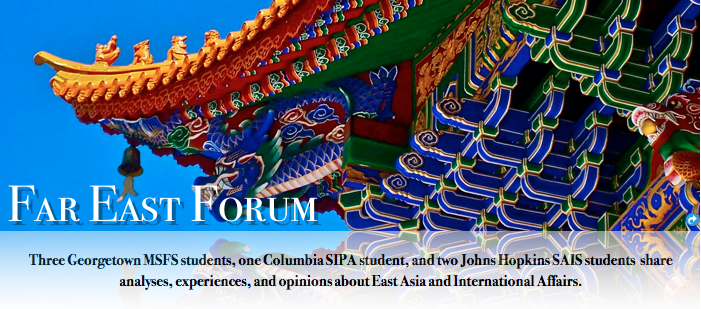
[GJIA] What similarities or differences do you see with the situation developing between the US and China now and that which developed between the US and the Soviet Union after World War II?
[McNeill] I don’t see a strong historical parallel. In the late 1940s the US had all of the economic advantages and most of the geopolitical ones. For a period the US possessed half of the world’s industrial capacity and had politically-assured access to most of earth’s oil and coal resources. In post-1945 USSR, meanwhile, people were literally starving in provincial cities. Its political system had some appeal around the world, and it acquired an important ally (for ten years) with the 1949 Chinese Revolution. But its political position was effectively circumscribed by US containment efforts. Today, the authoritarian and nominally communist PRC has a much stronger economic and political position than that of the USSR from 1945 to 1991, while the US economic position is weaker relative to that of the late 1940s.
Importantly, China and the US are economically interdependent in a way that the US and USSR never were. China holds trillions of dollars of US debt and could destroy public finance in the US in a week if it so wished. But China also needs the US to keep buying its products. Even after the US started selling grain to the USSR in the 1970s those two economies were never greatly intertwined. In both cases the pairs of countries were by some measures the two strongest in the international system, but beyond this, I see only a weak parallel.
Link to the full interview:
http://journal.georgetown.edu/2012/02/07/parallels-and-precedents-five-minutes-with-historian-john-mcneill/
